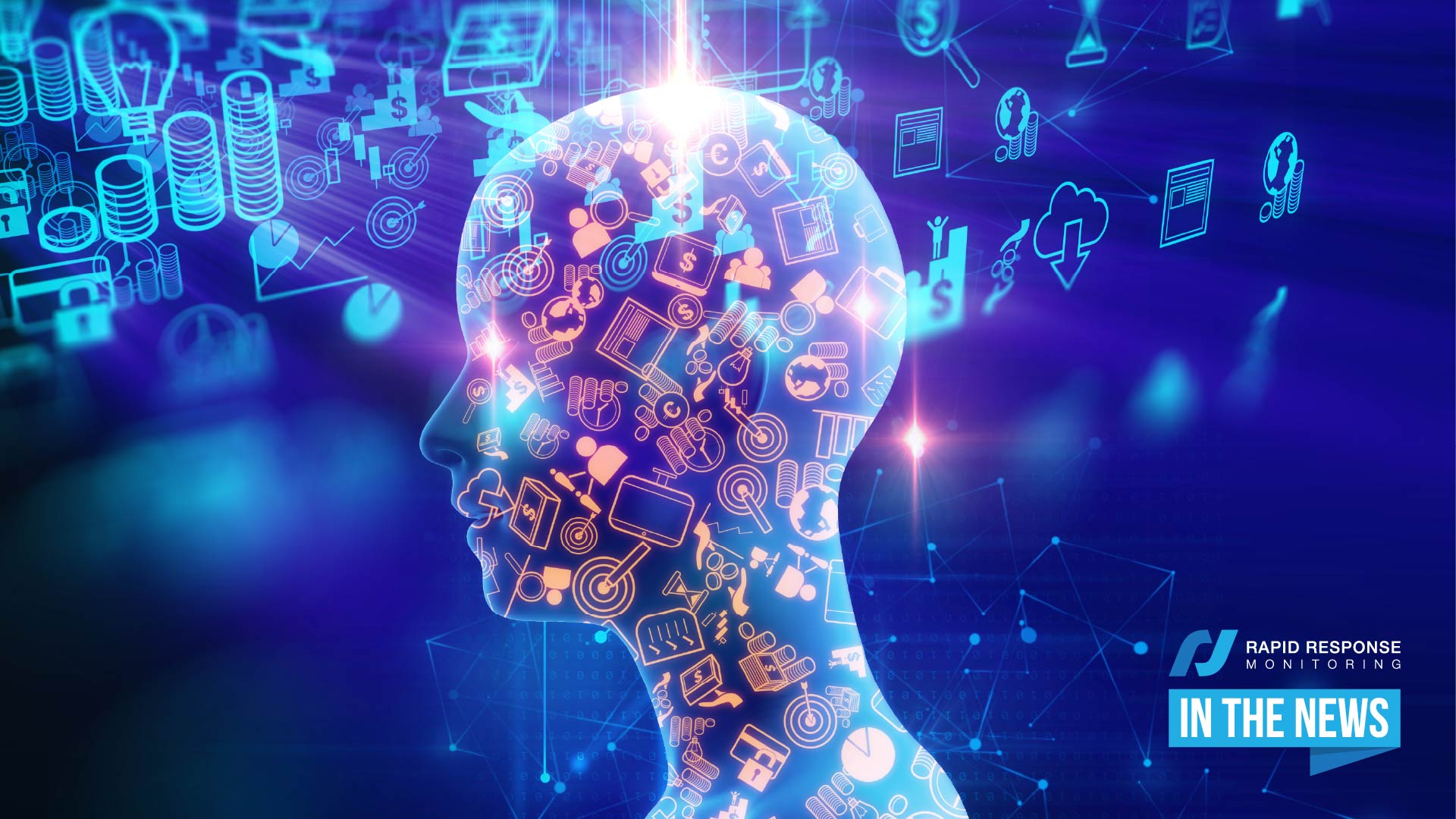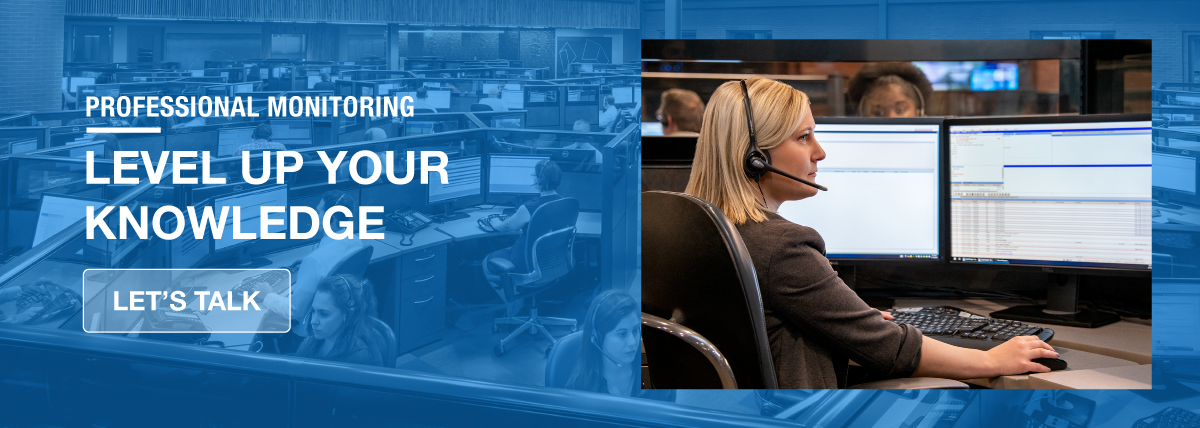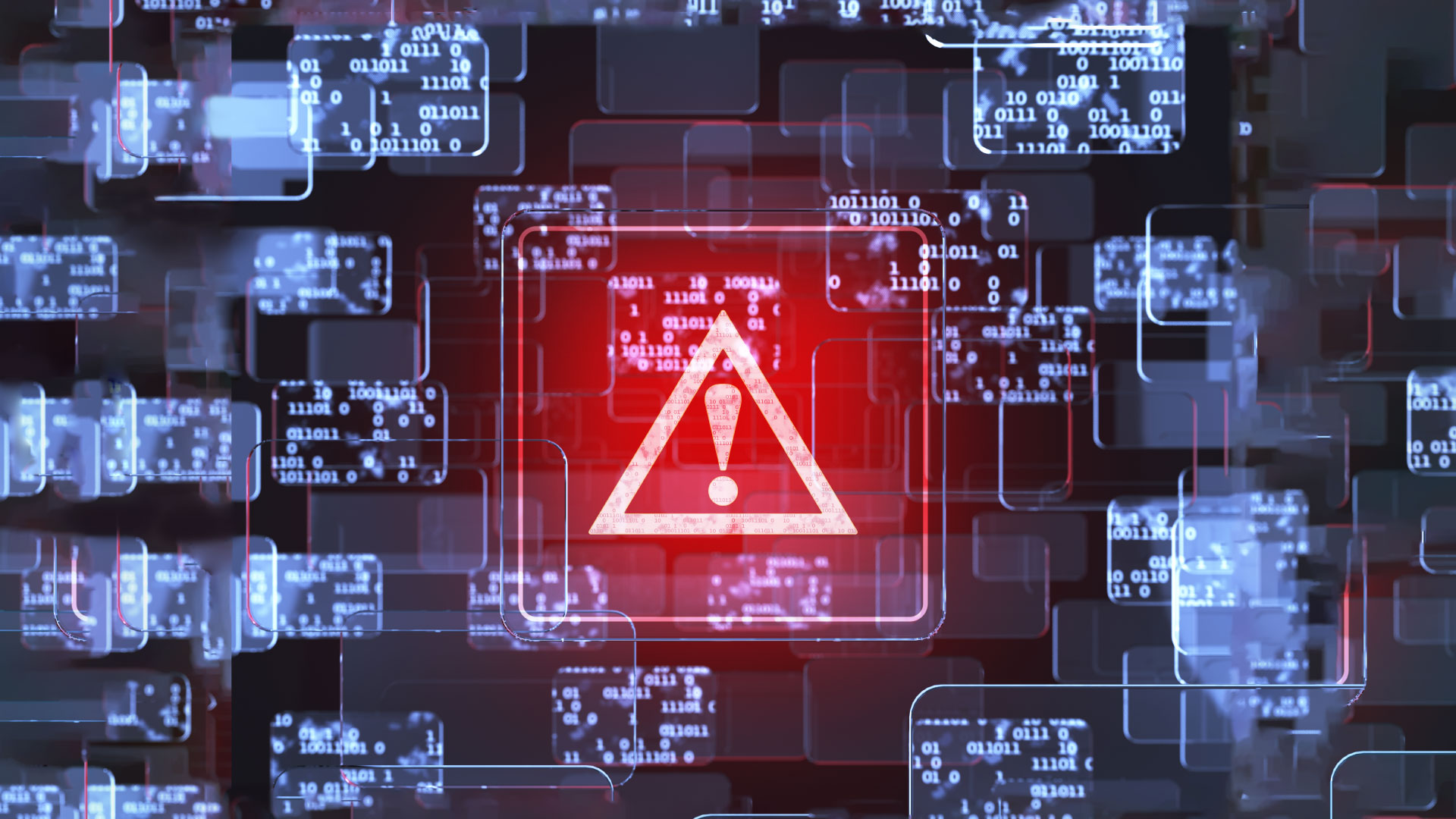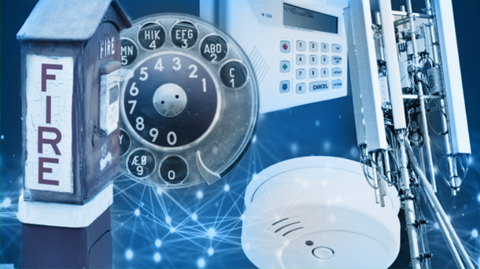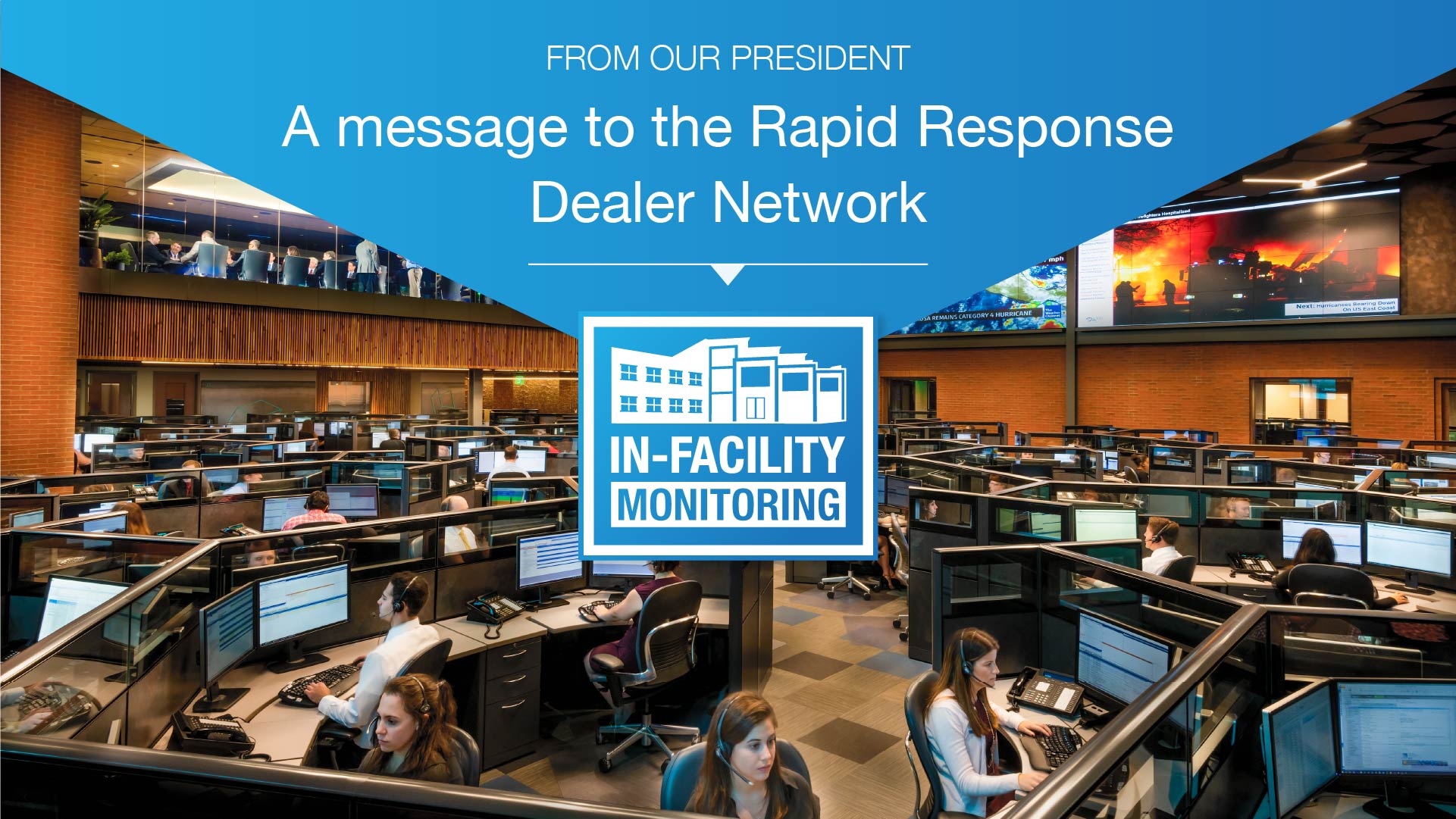The following is an excerpt from the Monitoring Matters column featured in Security Sales & Integration magazine. Our Vice President of Technology and Innovation, Morgan Hertel, is a regular contributor and authored the article below.
The alarm industry has been contending with false alarms for well over a hundred years. We have made great strides in improving detection equipment such that most newer installations, installed properly, rarely have a false alarm problem caused by the components.
We have also developed and implemented effective processes such as Enhanced Call Verification, Seven-Day-Soaks on new installations and CP01, along with prescriptive false alarm fines and fee structures. These have resulted in a significant improvement in reducing “calls for service” — dispatches to first responders.
But, as with all successes, there are ancillary issues that can complicate our progress. We have yet to address all the effects — good or bad — on monitoring and the overriding issue of human error, for instance.
To read the full article, click here.
